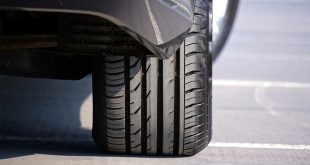There are a number of times I have noticed a young child seated in a the front seat, on an adult’s lap, or not properly restrained in a child seat in rear seat of a vehicle. I often wonder if parents really know the dangers of not securing a child properly. If they did, such sights would not be as common.
Motor vehicle crashes are the leading cause of death in children aged two to 14. This is due largely to not using or improper use of child car seats and vehicle seat belts. A recent report from the Federal Road Safety Corps (FRSC) found that half of children from infants to age seven who were killed in motor vehicle crashes were not in child safety seats.
How To Protect Your Child
While car seat laws vary from country to country, there are general guidelines and steps to ensure the safety of our children. Even before a child is born, a pregnant woman should make sure she is properly protected in a vehicle. Once the baby is born, an infant should be rear-facing in the back seat until they reach a minimum of at least age one and 9kg. But new research shows that they are better protected if they remain rear facing as long as 23 months.

If your child grows out of the portable infant seat before they reach age 2, you should purchase a convertible seat that can remain rear facing longer. Once they are over the limits, you can switch the seat to face forward.
A child should be in a forward-facing seat with a harness until they reach the height or weight limit typically, from 18-29 kg and 23”. After that, they should ride in a booster seat until the vehicle seat belts fit properly, which usually is around age 8 and at least 57 inches tall.
All children under 13 years of age should sit in the back seat and there are some that advocate staying in the back seat until driving age. The most common type of fatal vehicle crash is a front crash and also the strong force of the air bag deployment is dangerous and could be deadly to young children.
Don’t be overly anxious to graduate your child to the next step in child safety too soon as each step forward in seat type may actually represent a step back in terms of their overall safety.
Choosing the right car seat is just one part of the safety equation. As much as 80 percent of car seats may not be installed properly. One way to ensure proper installation is to have your car seat inspected by certified technicians.
While there are many steps and purchases to be made as your child grows, following these guidelines and tips will help ensure they ride safely.
 Spot Dem Everything About Cars
Spot Dem Everything About Cars




